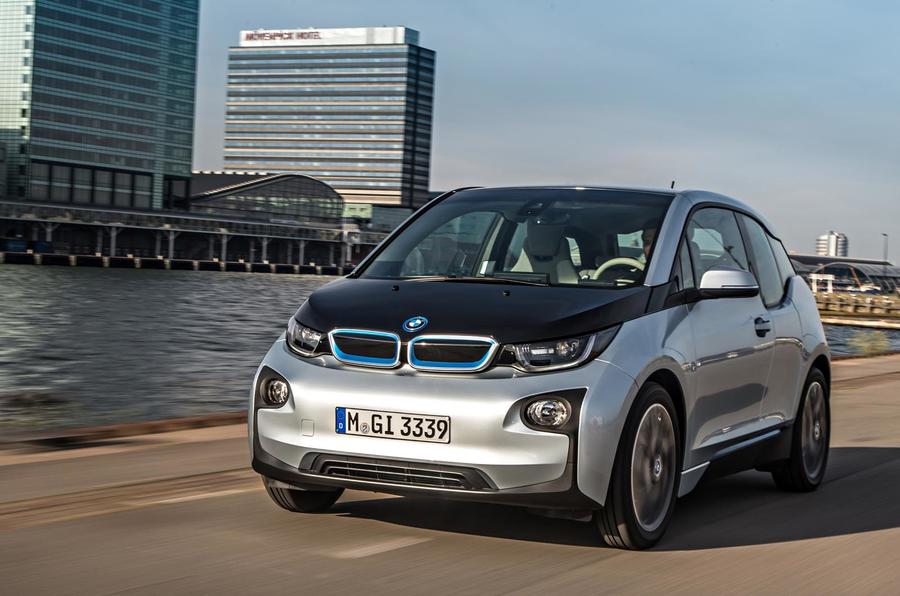New materials showcased in the BMW i3 and i8 are likely to filter down to more of the company's mainstream models, according to head of sales and marketing Ian Robertson.
As well as giving its i range cars a new exterior look, BMW used innovative materials in the cars’ construction and final finish.
“I am certain that many areas of the i car programme will affect what we do elsewhere,” said Robertson. “Although we have deliberately given the i cars a new type of design, so that people are immediately aware they are something special; there are aspects that definitely hit the mainstream.
“The use of carbonfibre we already know about; perhaps we won’t see carbonfibre bodyshells in the mainstream, but we will see its limited use where it can be of most benefit.
“Then there’s the interior finishing, where some of the cutting-edge materials, such as hemp and the roof plastic made from recycled bottles, have made a real impact. They could both be mainstream.
“Also, we need to look at some of the processes – dying leather using an olive leaf extract is so much more pleasant than the industrial method – and we have to see if there are possibilities of using that know-how elsewhere.”








Join the debate
Add your comment
When BMW revealed
the I3's asking price, I was surprised. I did expect them to ask at least £10 grand more, given the badge, the acceleration, the ground-up design and last but not the least the radically light materials.
Carbon fibre has so far been the domain of super cars, because its time-taking to build. BMW's pricing hints that they may have cracked the method to produce carbon fibre in industrial quantities?
i for Isetta
Does the 'i' in 'i3' pay homage to the Isetta? Maybe the i3 is the bubble car of the 2010's.